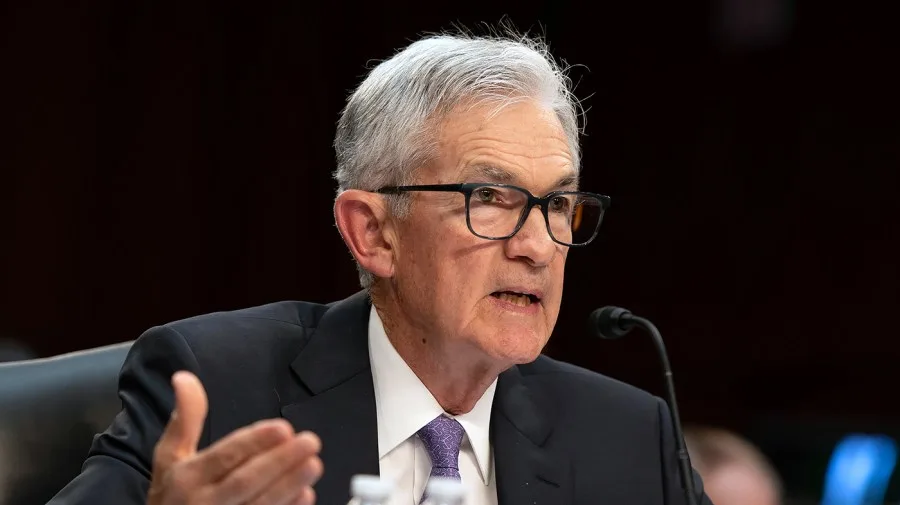Federal Reserve Chair Jerome Powell stated on Wednesday that the period of exceptionally low interest rates, which occurred from the 2008 financial crisis to the onset of the pandemic, is likely coming to an end. He also suggested that the neutral interest rate required to achieve a 2-percent annual inflation target has probably increased.
During his testimony before the House Financial Services Committee, Powell acknowledged the significant progress made in combating inflation. However, he emphasized that the central bank’s interest rate policy is unlikely to revert to the near-zero levels observed between 2009 and 2017.
“It is improbable that we will return to the era following the global financial crisis and preceding the pandemic, characterized by exceedingly low interest rates and extremely low inflation,” Powell remarked. “I do not believe we will see interest rates that low again.”
Powell stated that the baseline interest rate set by the Fed to achieve both low unemployment and price stability has likely increased due to inflation caused by the pandemic and subsequent price adjustments.
He explained, “We believe that factors like the neutral rate change slowly, but their impact can be seen. Currently, our policy rate is over 5 percent, and while it feels restrictive, it is not excessively so. This suggests that the neutral rate of interest has likely risen to some extent, indicating that rates will be slightly higher.”
Investors have been eagerly anticipating interest rate cuts by the Fed, as they are generally believed to stimulate the economy. However, there has been speculation that higher rates might actually stimulate economic activity through interest income.
The recent increase in unemployment and lower inflation readings in key inflation gauges suggest that the Federal Reserve (Fed) may soon reduce interest rates. According to Fed Chairman Jerome Powell, the latest data indicates modest progress, with long-term inflation expectations remaining stable. Powell also emphasized that rate cuts should occur before inflation reaches the 2-percent target, considering the impact of price momentum. While the exact timing of rate cuts is uncertain, Powell’s comments about the longer-term neutral rate indicate that investors should not anticipate a significant decrease in rates to counterbalance the rapid tightening cycle experienced since March 2022.
The fiscal conditions in the economy that may be driving the potential change in the neutral rate are markedly different now compared to before the pandemic. One key factor is the significant increase in the national deficit, which has risen to around 120 percent of the gross domestic product in the aftermath of the pandemic. Additionally, there are substantial private sector loans and tax credits that were provided to support businesses during the pandemic and are currently being processed by the IRS. These factors have contributed to the evolving economic landscape. Copyright 2024 Nexstar Media, Inc. All rights reserved. This material may not be published, broadcast, rewritten, or redistributed.
